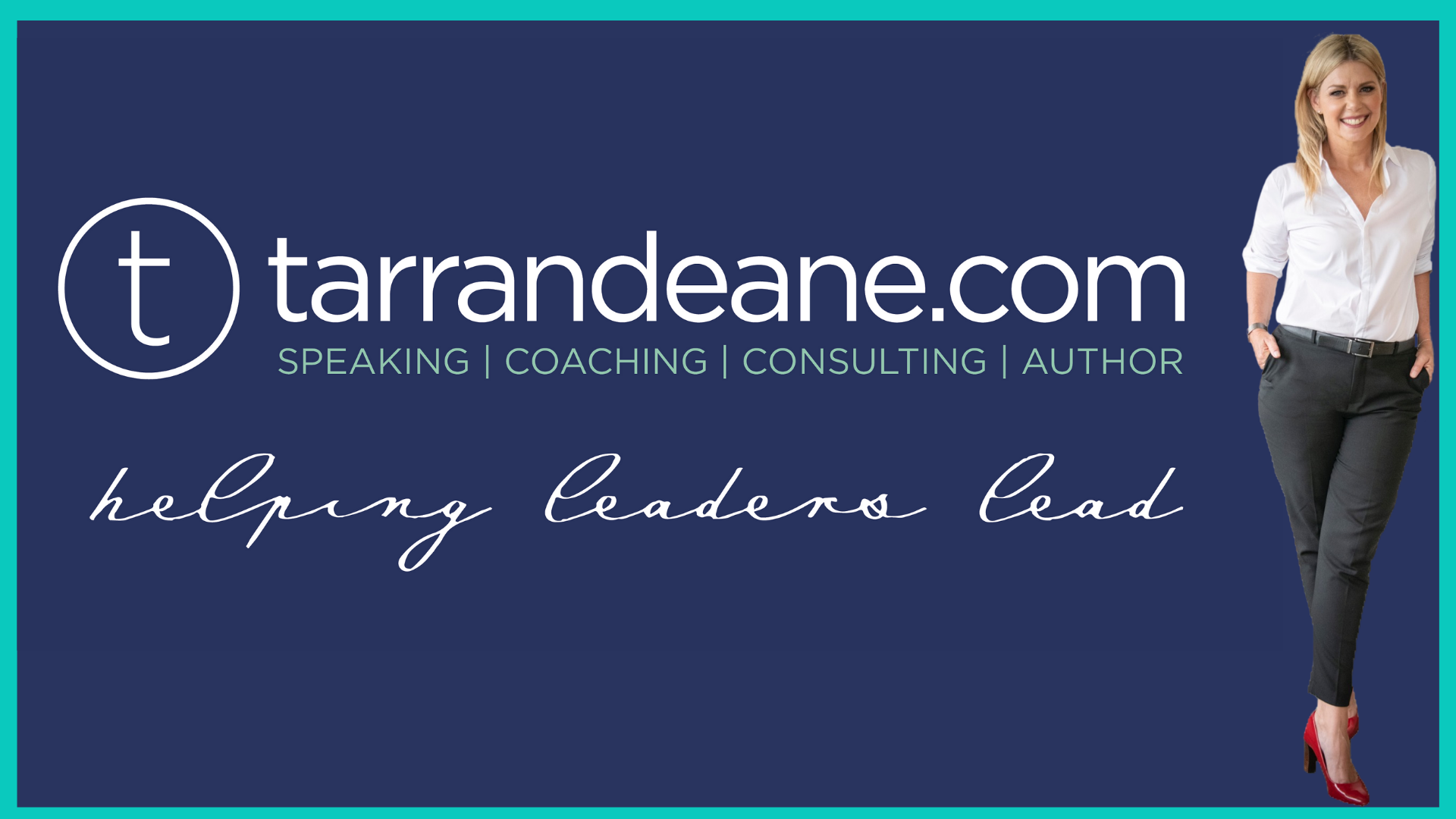🏍️ Fast-Tracking Workplace Transformation: Leadership Lessons from MOTOGP 2025 🏁
MOTOGP 2025 is here! And just like the race track, Australian workplaces are gearing up for a fast-paced season of change.
With a Federal election looming, fringe benefit periods ending, FY2025 financial forecasting, and draft budgets for FY2026 presentations to boards being tweaked, decisions made now will determine who makes the starting grid on July 1 and who forms the all-important pit crew.
All this brings requires energy and effort. It can produce uncertainty and anticipation.
C-Suite, Change Boards, and contractors—your race strategy matters. It’s not just about securing pole position; it’s about making sure your team is aligned, your change initiatives have traction, and your organisation is set up to win in the long run.
Lessons from MOTOGP 2025 for Workplace Transformation
🏎 Lesson 1: Strategy Wins Races and Change Initiatives
Every winning team enters a race with a clear strategy—leaders must do the same in transformation. Without a roadmap, organisations risk running out of fuel before reaching the finish line. Define clear goals and align your team before the green light.
🏁 Lesson 2: Pit Stops are Essential—So is Recovery
Even the fastest racers must take pit stops. Leaders must recognise when to pause, reflect, and adjust. Sustainable success means balancing speed with strategic recovery, ensuring teams don’t burn out before the fiscal finish line.
🔄 Lesson 3: Adaptability is the Key to Winning
Track conditions change, weather shifts, and new competitors emerge. Workplaces, too, must be agile. The ability to assess data, pivot when needed, and embrace continuous improvement is what separates great teams from the rest.
🔄 Lesson 4: Engagement and Communication
🔹 End-of-year contracts were the headline news in 2024. But what resonated most on social media? The letting go of people, the team formations, the onboarding, and the real-life trials and triumphs of adapting to new roles, working styles, and the high-stakes game of transformation. Yet, just as in racing, true endurance comes from knowing when to push and when to pause.
🔄 Lesson 5: Pre-Season Remember and Celebrate the Past
The best riders—and the best leaders—celebrate the wins, learn from the sprints, and make time to rest and recover, both physically and mentally. After all, no one takes the podium without understanding that recovery is just as strategic as acceleration. Sustainable success isn’t just about how fast you go, but how well you pace yourself for the season ahead.
🔄 Lesson 6: Go Live Adapt with the End in Mind
🚥 But not everyone starts from the grid. Jorge Martin, 2024 World Champion is benched after major crash during testing in early February 2025, requiring recent wrist surgery—a stark reminder that testing the limits (whether in technology or change management) comes with risks and consequences. The best teams prepare for both the unexpected pit stops and the victory laps.
🔄 Lesson 7: Measure the Data & Monitor the Performance
🔧 Behind every great race team, the Crew Chiefs are reviewing practice data, analysing results, and fine-tuning strategies. This is no different in business—leaders must continuously assess performance, adapt approaches, and ensure their teams are primed for success when the stakes are high.
Get a little excited with me and pump up your tires for the season ahead.
🏁 Are you and your team ready to hit top gear? Watch the MotoGP pre-launch below and get ready for an epic season:
📽️ Video: MOTOGP 2025 Pre-Launch
🔗 Read more insights and gear up for change at tarrandeane.com
#ChangeManagement #MOTOGP #OrganisationalChange #FutureOfWork #Leadership #WorkplaceTransformation #DigitalTransformation #Strategy #CourageToChange #FY2025 #FinancialYearEnd #ChangeLeadership
About the Author: Tarran Deane | Leadership Change Management Strategist in Australia

Tarran Deane is a Change Management Specialist in Australia – Expert Leadership & Transformation Senior Advisor, renowned for helping organisations navigate complex transformations with structured planning, practical execution, and a touch of humour. Based on the Gold Coast, she partners with global and government organisations across Australia including Brisbane, Northern New South Wales, and Canberra, bringing over 21 years of expertise in driving meaningful, measurable change.
As a PROSCI® enterprise certified practitioner and transformation specialist, Tarran works with leaders in the:
- Government, Finance, Tourism, Health, Education and Not-for-Profit Disability, Aged Care, and Community Services sectors.
She is passionate about building organisational agility, empowering leaders to eliminate fear, embrace sustainable change, and delivering outcomes that align with long-term goals.
Through a select number of engagements, Tarran delivers:
- Change Management Consulting and contract engagements, typically spanning 1-3 years, focused on achieving long-term transformation goals.
- Executive Leadership Coaching for C-suite and senior leaders,
- Customised Training Programs designed to uplift change capability, and
- Keynote Speaking Presentations that inspire and inform audiences.
- Visit our Store to View Tarran’s resources
When Tarran’s not consulting or facilitating, you’ll find Tarran cornering through the scenic hills of Southeast Queensland and Northern NSW on her Ducati 800 Monster motorcycle – she upgraded from the 600 a long time of go, spending time with family and friends, or cheering for her favourite riders during the MotoGP season on Kayo.
After a left knee and ankle injury in late 2024, she’s been anticipating the autumn dry roads and fast corners the next few months will hold for her.
Connect with Tarran today at TarranDeane.com or on LinkedIn @TarranDeane to explore how she can support your organisation’s transformation journey.
You’re welcome to share this article with your network.

